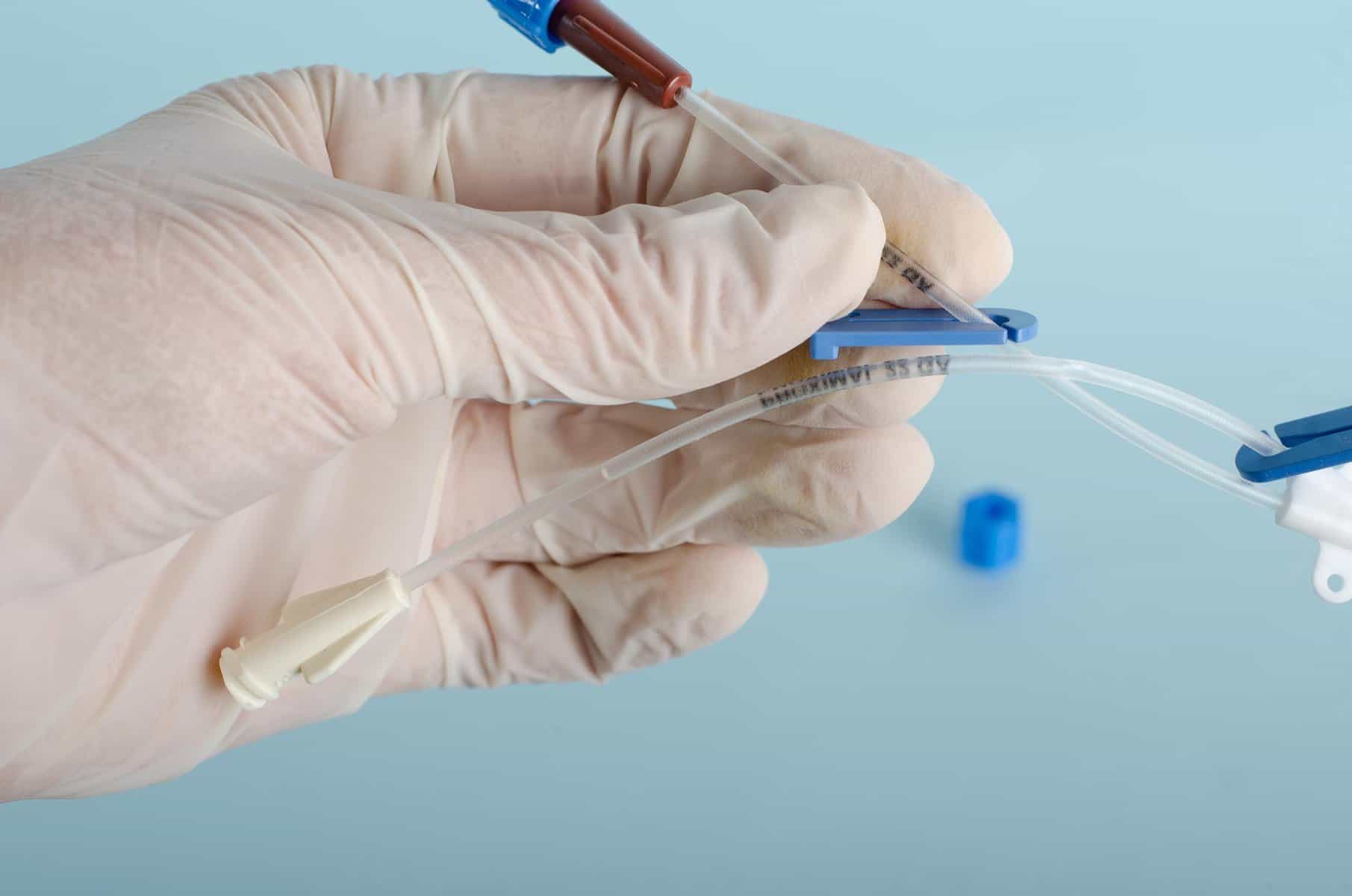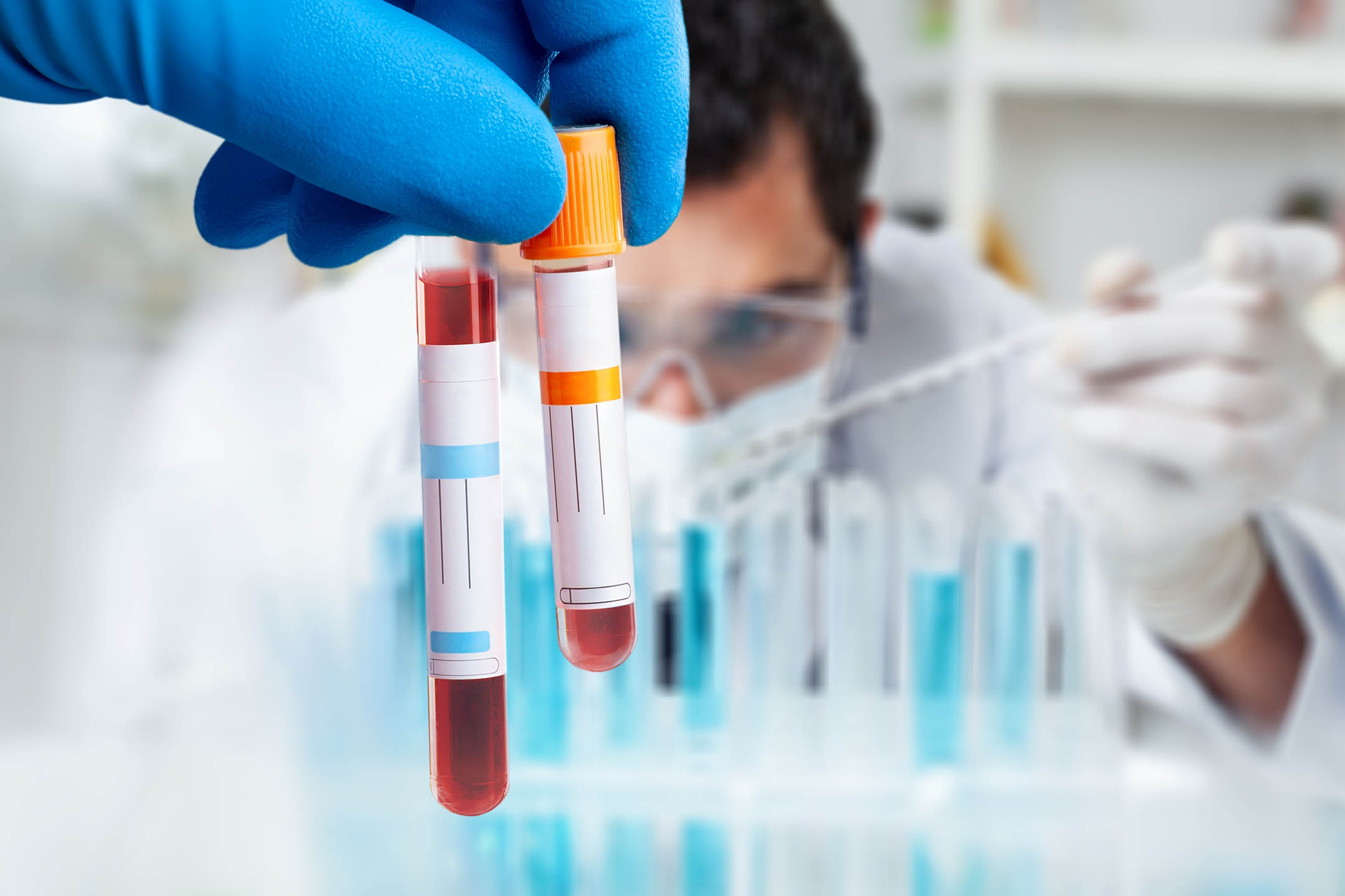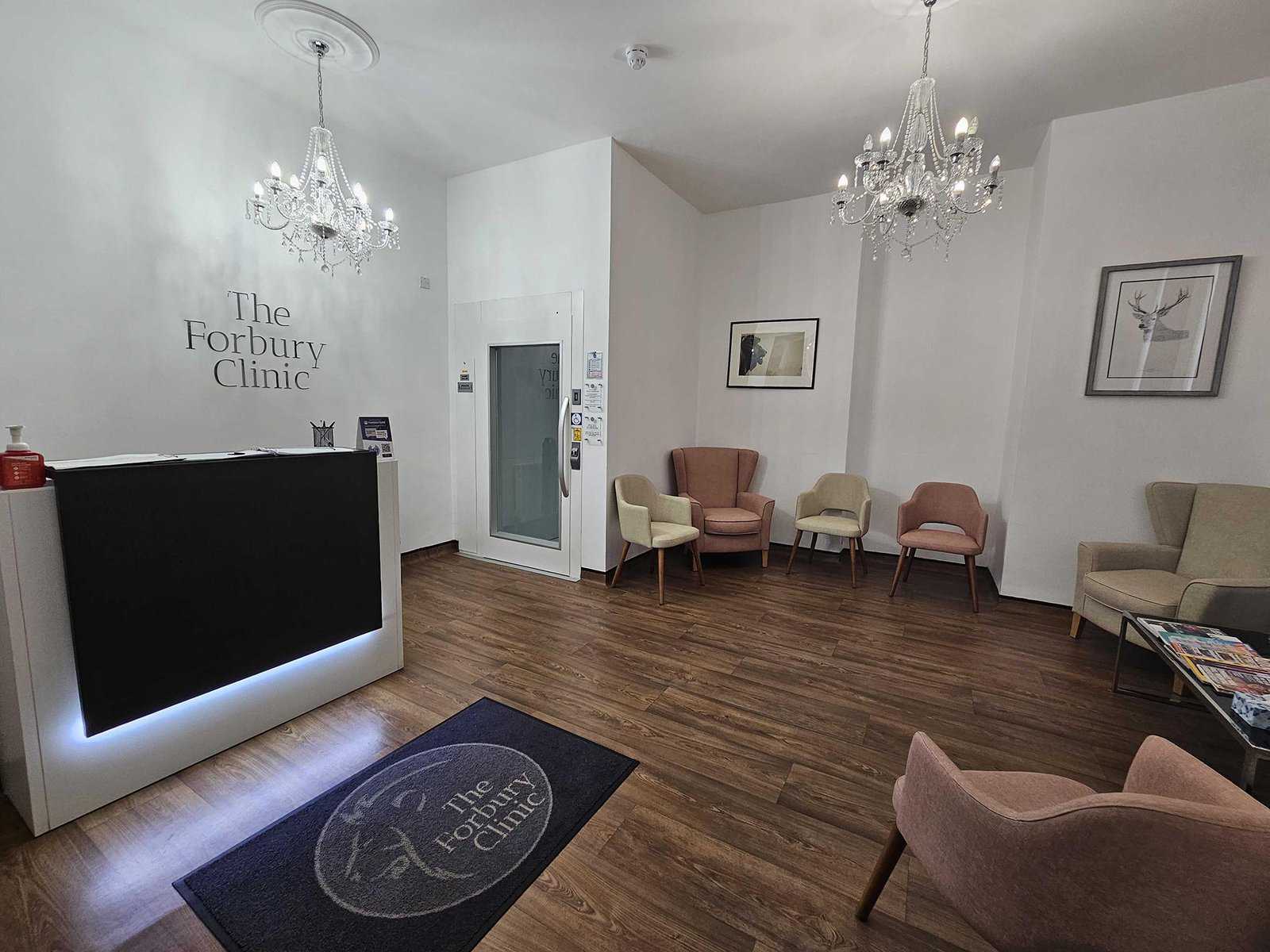Advanced Prostate Artery Embolisation
Relieve symptoms of an enlarged prostate with advanced Prostate Artery Embolisation at The Forbury Clinic. Submit an enquiry for a consultation and explore our state-of-the-art treatment options.

Overview of Prostate Artery Embolisation
Prostate Artery Embolisation (PAE) is a minimally invasive procedure designed to relieve symptoms of benign prostatic hyperplasia (BPH), commonly known as an enlarged prostate. This advanced technique reduces the blood flow to the prostate, causing it to shrink and alleviating symptoms such as urinary difficulty and frequency. Addressing BPH symptoms promptly can significantly improve quality of life and prevent complications. At The Forbury Clinic, we specialise in providing cutting-edge PAE procedures with a focus on patient comfort and effective results. Contact us today to learn more and schedule a consultation.


What is Prostate Artery Embolisation?
Prostate Artery Embolisation (PAE) is a non-surgical procedure that involves blocking the blood vessels that supply the prostate, reducing its size and alleviating symptoms of BPH. This is achieved by inserting tiny particles into the prostate arteries through a catheter, guided by advanced imaging techniques such as fluoroscopy. PAE is particularly beneficial for patients who cannot undergo traditional surgical methods due to medical conditions or who prefer a less invasive treatment option. Common symptoms of BPH that may warrant PAE include frequent urination, difficulty starting and stopping urination, weak urine flow, and incomplete bladder emptying.
Causes and Risk Factors
Benign prostatic hyperplasia (BPH) is the condition typically treated with Prostate Artery Embolisation. The exact cause of BPH is not entirely understood, but several factors contribute to its development:
Aging:
BPH is more common in older men, with symptoms often starting after the age of 50.
Hormonal Changes:
Changes in the balance of sex hormones, such as testosterone and dihydrotestosterone (DHT), as men age can lead to prostate growth.
Family History:
A family history of prostate conditions may increase the risk of developing BPH.
Lifestyle Factors:
Obesity, lack of physical activity, and poor diet can contribute to the development of BPH.
Other Health Conditions:
Conditions such as diabetes and heart disease may be associated with an increased risk of BPH.
Understanding these causes and risk factors helps in the early diagnosis and effective management of BPH, improving patient outcomes.
Diagnosis
Diagnosing BPH and determining the suitability of Prostate Artery Embolisation involves a comprehensive evaluation at The Forbury Clinic. The diagnostic process includes:
- Initial Consultation: Discussing your symptoms, medical history, and risk factors with a specialist to determine the need for further evaluation.
- Physical Examination: A digital rectal exam (DRE) to assess the size and condition of the prostate.
- Urine Tests: To check for infections or other conditions that might cause similar symptoms.
- Blood Tests: Including a prostate-specific antigen (PSA) test to rule out prostate cancer.
- Imaging Tests: Ultrasound or MRI to visualise the prostate and assess its size.
- Urodynamic Tests: To evaluate bladder function and urinary flow.
These steps ensure a thorough and accurate diagnosis, aiding in the development of an effective treatment plan.

Treatment Options
Based on the diagnosis, various treatment options for BPH, including Prostate Artery Embolisation, may be considered:
- Non-Surgical Treatments
- Minimally Invasive Procedures
- Surgical Options
- Innovative Treatments
Medications:
Alpha-blockers and 5-alpha-reductase inhibitors to relax the prostate muscles and shrink the prostate.
Lifestyle Modifications:
Changes in diet, fluid intake, and physical activity to manage symptoms.
Prostate Artery Embolisation (PAE):
Blocking the blood flow to the prostate to reduce its size and relieve symptoms. This outpatient procedure involves inserting a catheter into the arteries and using imaging guidance to place embolic agents.
Transurethral Microwave Thermotherapy (TUMT):
Using microwave energy to heat and destroy excess prostate tissue.
Transurethral Needle Ablation (TUNA):
Using radiofrequency energy to destroy excess prostate tissue.
Transurethral Resection of the Prostate (TURP):
Removing part of the prostate using a resectoscope inserted through the urethra.
Laser Surgery:
Using laser energy to remove or destroy prostate tissue.
UroLift System:
Lifting and holding the enlarged prostate tissue so it no longer blocks the urethra.
Aquablation Therapy:
Using a water jet to remove excess prostate tissue.
At The Forbury Clinic, our multidisciplinary team ensures that each patient receives the most appropriate and effective treatment, tailored to their specific needs and health goals.
Managing BPH
Managing benign prostatic hyperplasia involves a combination of medical treatments and lifestyle changes to control symptoms and improve overall quality of life. At The Forbury Clinic, we provide comprehensive care and guidance to help manage BPH:
Dietary Changes:
Adopting a healthy diet rich in fruits, vegetables, and whole grains.
Regular Exercise:
Engaging in moderate physical activity to maintain overall health.
Fluid Management:
Adjusting fluid intake to reduce nighttime urination.
Bladder Training:
Techniques to improve bladder control and reduce urgency.
These management strategies aim to complement medical treatments and provide a holistic approach to improving prostate health and overall well-being.
Complications and Prognosis
While Prostate Artery Embolisation is a highly effective treatment, it is important to be aware of potential complications and the prognosis for untreated BPH:
Complications
- Infection: Risk of infection at the catheter insertion site, manageable with antibiotics.
- Bleeding: Minor bleeding or bruising at the catheter site.
- Pain: Mild pain or discomfort after the procedure, manageable with over-the-counter pain relievers.
Prognosis
The prognosis for patients undergoing Prostate Artery Embolisation is generally excellent. With timely diagnosis and appropriate treatment, many individuals can achieve significant improvements in urinary symptoms and quality of life. Regular follow-ups and ongoing management are crucial to prevent complications and maintain optimal prostate health.


Why Choose The Forbury Clinic?
Choosing The Forbury Clinic for your Prostate Artery Embolisation ensures you receive exceptional care from a team of experienced specialists. Our clinic is renowned for its expert medical staff who are dedicated to diagnosing and treating prostate conditions with precision and compassion. We use state-of-the-art diagnostic tools and the latest medical advancements to provide accurate diagnoses and innovative treatments tailored to your specific needs. Our patient-centered approach prioritises your comfort, privacy, and overall well-being, offering comprehensive support throughout your prostate health journey. At The Forbury Clinic, you can trust that you are in capable hands, with a dedicated team committed to helping you achieve optimal prostate health and a better quality of life.
